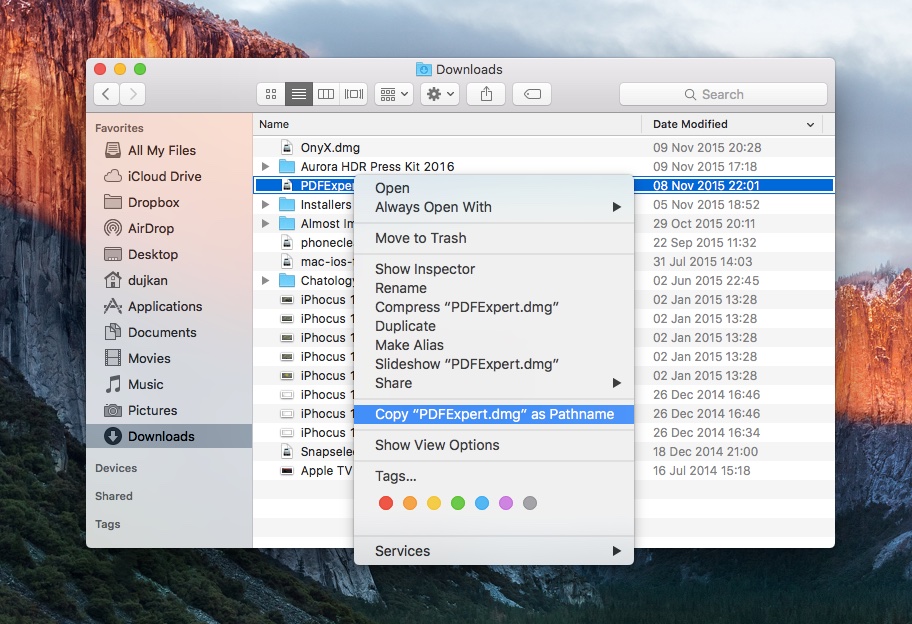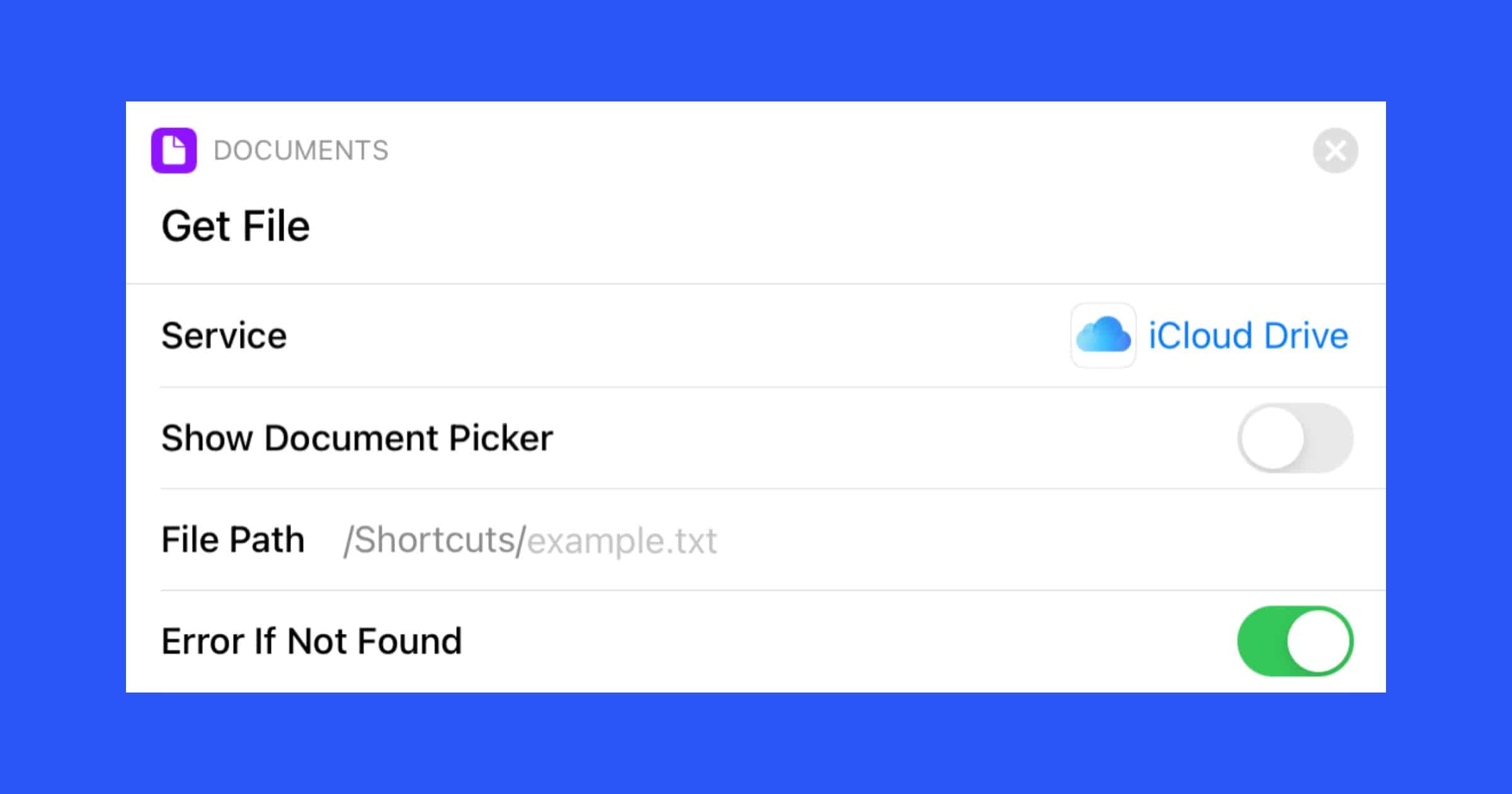
#Mac get file path full
Once the Finder windows are relaunched, you’ll see the full path of the folder in the title and tab bar. You won’t lose any data in the process.)ĭefaults write _FXShowPosixPathInTitle -bool true killall Finder

Long press the section called Where, which is the file path, and tap Copy. (This sets a hidden system flag, then quits and relaunches all Finder windows. File information is shown in this area, like creation/modified/last opened dates. Click within the Terminal window that appears and paste the following command, followed by Return. In macOS 11.0 and higher, the title bar truncates the full path, but you can hover over it to see the full path. If you don’t like the Path Bar at the bottom of the Finder window, you can enable a full path view in the title bar and tab bar of every Finder window with an advanced Terminal command. When you’re done, close the “Get Info” window. You can also right-click the path in the “Where” section and choose “Copy” to quickly copy the full folder path to your clipboard as text. In the “Get Info” panel, locate the “General” section and look at the “Where” heading. Our most recent information indicates that PATH files are associated with only a single known file type, the Golden Orchard Apple II CD Rom File format, and can be viewed primarily with Apple OS. Right-click the item and choose “Get Info” from the menu. Open Finder and locate the file or folder in question. You can also see the full path for any file or folder using the “Get Info” panel.

You can then paste the folder path as text wherever you want (for instance, in a Terminal window or TextEdit). Now, all you have to do is find the full path for the program or script on the file system. For example, if you want to copy the path for the selected folder, choose the “Copy (Folder) as Pathname” option. You can double-click any folder listed in the bar to quickly jump to it.Īlso, you can right-click any folder in the Path Bar to see a list of options. It will show you the system path to the current folder. Instantly, you will see a new Path Bar at the bottom of every finder window. In the menu that appears, click “Show Path Bar.”

Open a Finder window, and from the top menu bar, click the “View” button. This would only be good if you didn't know to connect it to services for quicker execution than the built in way or needed a different format for the path.Let’s start with the simplest and most visual way of viewing the current folder path: using Finder’s own Path Bar feature.
#Mac get file path for free
I could see making an AppleScript or swift script to do this for free as well if you had a well defined string you wanted to get from the location of a specific file that would be general to all files once you coded it. I also don't have to do multiple clicks and I copy off paths all the time so it's worth the expense to me. You can process several files at once, control all sorts of tweaks to how the path is constructed.

That being said, I use Path Snagger 2 and am super happy with it as I can control POSIX/SMB/HFS and file://whatever format for the path that gets copied. By design, Apple only shows a path for network share files in the get info pane so you'll need to attach a service to Finder to get this in general (for reasons, I'm sure I'd love to hear over a drink). I love the control / option copy as path trick, but can never seem to remember it, so I end up using Finder services menu to let you extend this function.


 0 kommentar(er)
0 kommentar(er)
